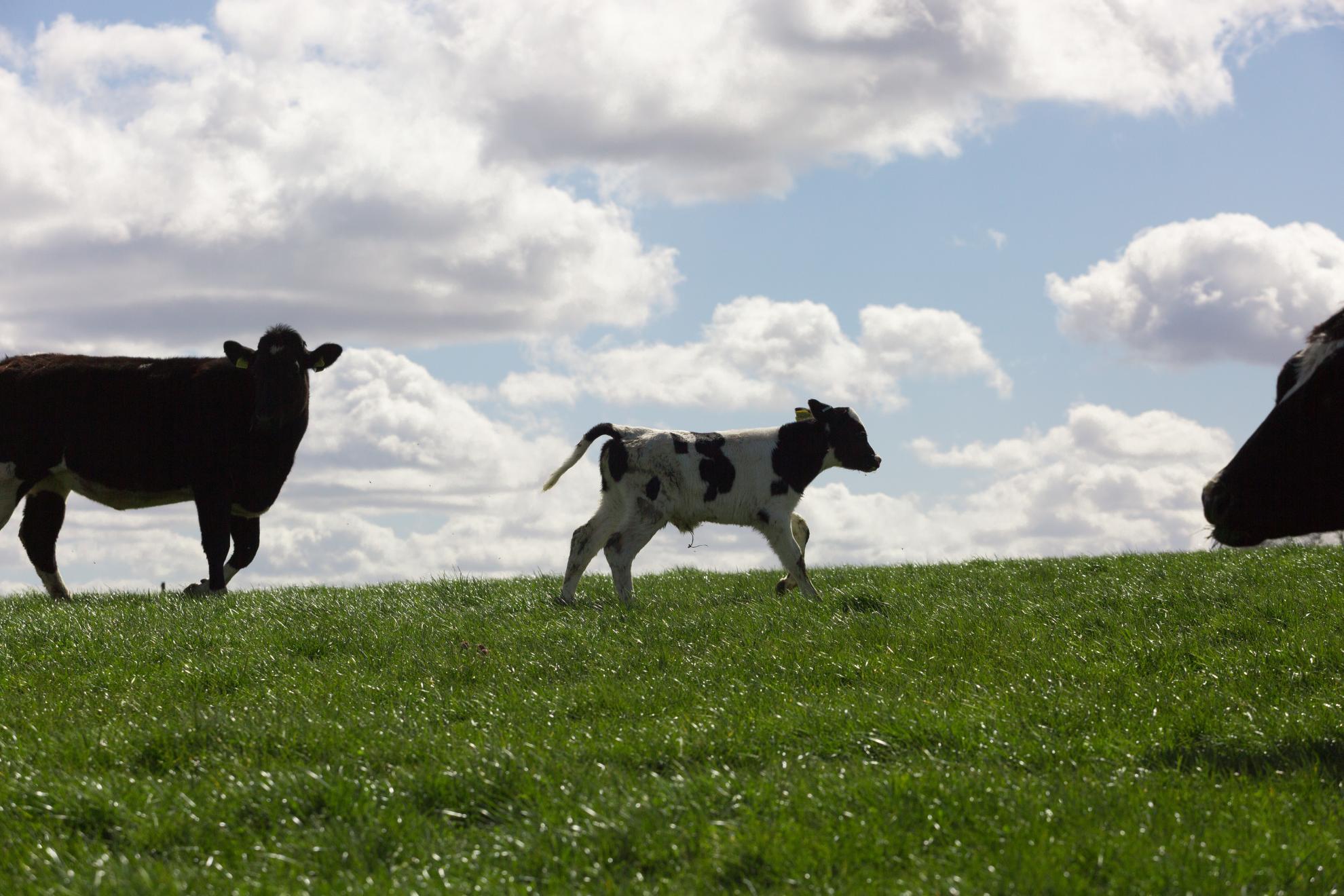TLR15 is unique to avian and reptilian lineages and recognizes a yeast-derived agonist
The TLRs represent a family of pattern recognition receptors critical in the induction of vertebrate immune responses. Between 10 and 13 different TLR genes can be identified in each vertebrate species, with many represented as orthologous genes in different species. The agonist specificity of orthologous TLR is also highly conserved. In contrast, TLR15 can only be identified in avian and reptilian genomes, suggesting that this receptor arose similar to 320 million years ago after divergence of the bird/reptile and mammalian lineages. Transfection of a constitutively active form of chicken TLR15 led to NF-kappa B activation in HEK293 cells and induced cytokine mRNA upregulation in chicken cell lines. Full-length TLR15 mediated NF-kappa B induction in response to lysates from yeast, but not those derived from viral or bacterial pathogens, or a panel of well-characterized TLR agonists. TLR15 responses were induced by whole-cell lysates derived from Candida albicans, Saccharomyces cerevisiae, and Schizosaccharomyces pombe, but not zymosan preparations from S. cerevisiae. The ability of yeast lysate to activate TLR15-dependent NF-kappa B pathways (in transfection assays) or stimulate IL-1 beta mRNA upregulation in chicken macrophages was abrogated by heat inactivation or pre-exposure of the lysate to PMSF. Identification of yeast as an agonist source for TLR15 provides a functional framework for consideration of this TLR within the context of pattern recognition receptor evolution and may impact on the development of novel adjuvants. The Journal of Immunology, 2012, 189: 4930-4938.
Back to publications
